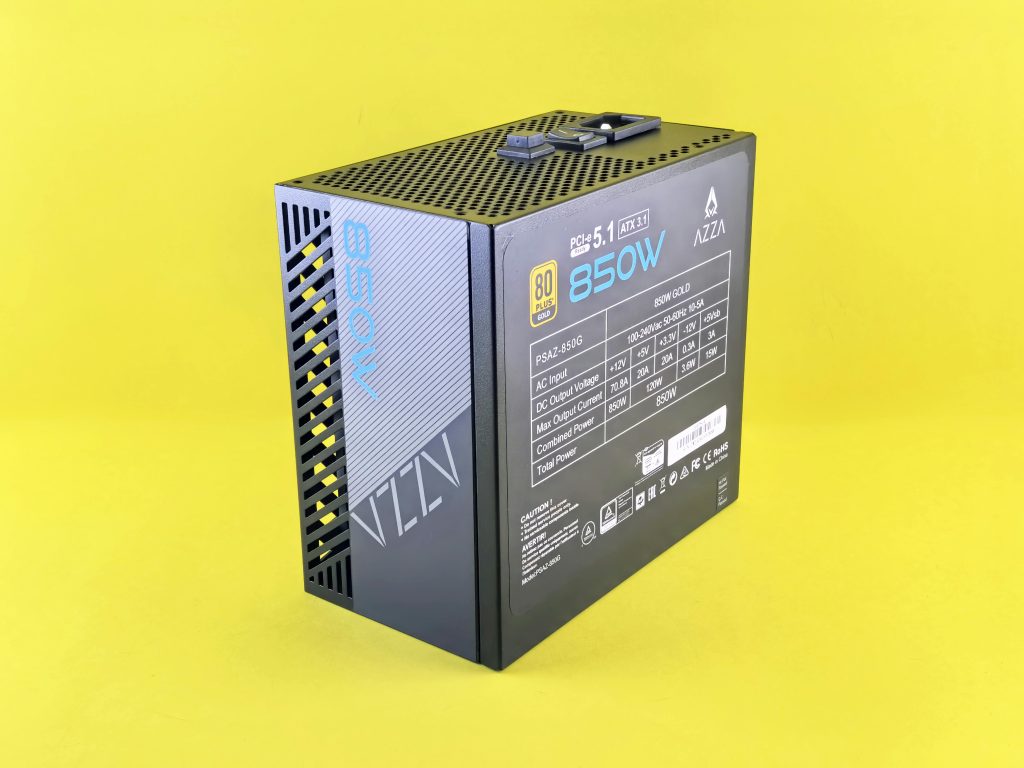Title: Troubleshooting Flashing Green Dots on Monitor with RTX 5060 GPU: An At-Home Display Issue
Introduction
Upgrading to a new graphics card can greatly enhance your gaming and multimedia experience. However, hardware upgrades sometimes bring unexpected challenges. Recently, some users have reported seeing flashing green dots on their monitors when using an NVIDIA GeForce RTX 5060 GPU, particularly when at home. This article explores potential causes of this issue, shares insights from real-world scenarios, and offers practical troubleshooting steps to help resolve the problem.
Understanding the Issue
A typical symptom involves intermittent flashing green dots visible on the monitor screen, even during the BIOS POST phase—before Windows has fully loaded. This behavior can be frustrating and may cause concern about hardware malfunction. Interestingly, some users notice that switching from the GPU’s display output to the motherboard’s HDMI port results in the disappearance of these green dots, suggesting a potential interaction between hardware, software, and environmental factors.
Case Overview
Consider a recent scenario where a user upgraded to an NVIDIA GeForce RTX 5060. The user observed the green flashing dots at home, despite initially suspecting a faulty GPU. To troubleshoot, they took the system to a repair shop, where technicians reported no issues; the green dots were absent during testing. Yet, upon returning the system home, the display anomalies reappeared. The user also noted that both the PC and monitor are connected to the same power extension socket.
Possible Causes and Contributing Factors
-
Power Supply and Wiring Issues
Shared power outlets or inadequate power distribution can cause signal interference or voltage fluctuations, leading to display artifacts. Confirm that the power source provides stable voltage and consider testing the system with a different outlet or separate power circuit. -
Grounding and Electrical Interference
Poor grounding or nearby electrical devices can induce noise into the monitor’s signal line, resulting in visual disturbances. -
Cable and Connection Quality
Faulty or low-quality HDMI or DisplayPort cables can introduce signal degradation. Try replacing the cable with a high-quality, shielded version to see if the problem persists. -
Monitor Compatibility and Settings
Check if the monitor’s firmware is up to date. Adjust resolution or refresh rate settings to compatible levels, especially when using high-performance GPUs. -
GPU and Driver Configuration
Update your graphics drivers to the latest version. Sometimes, driver conflicts or incomplete installations can cause display anomalies. Also, test the GPU in another compatible system if possible
Share this content:



